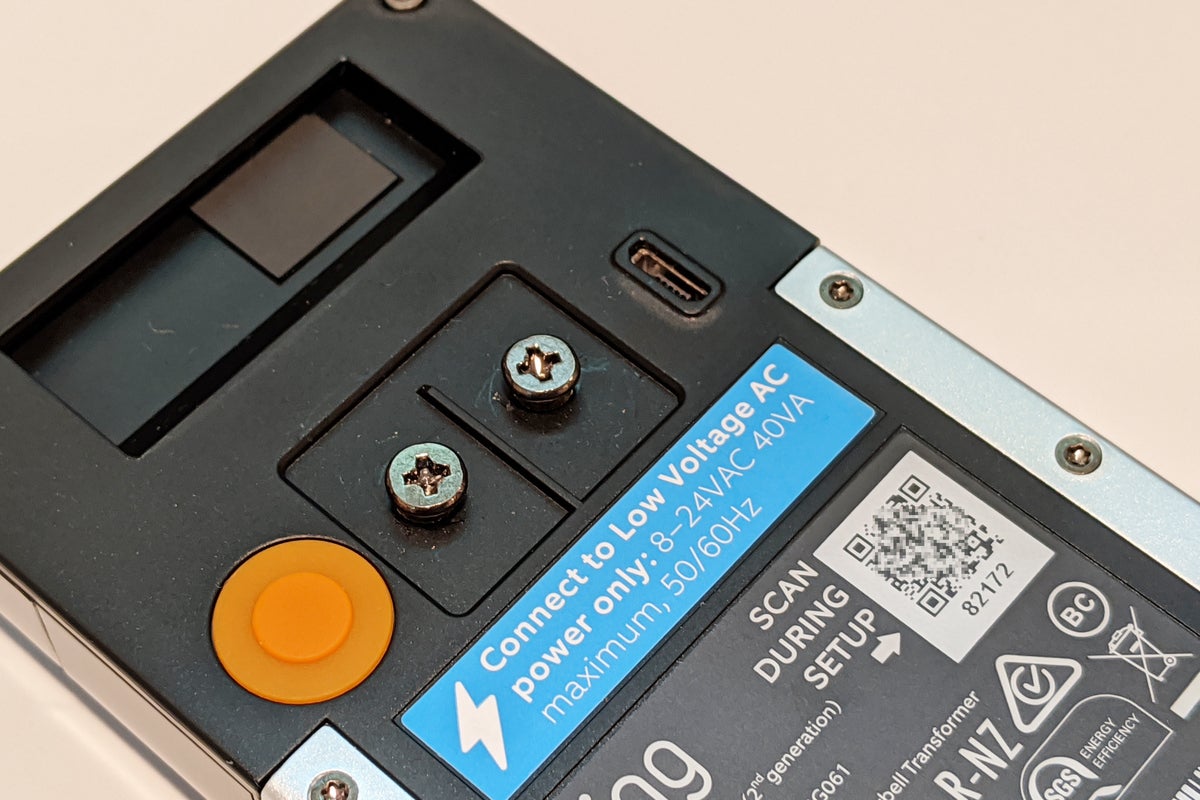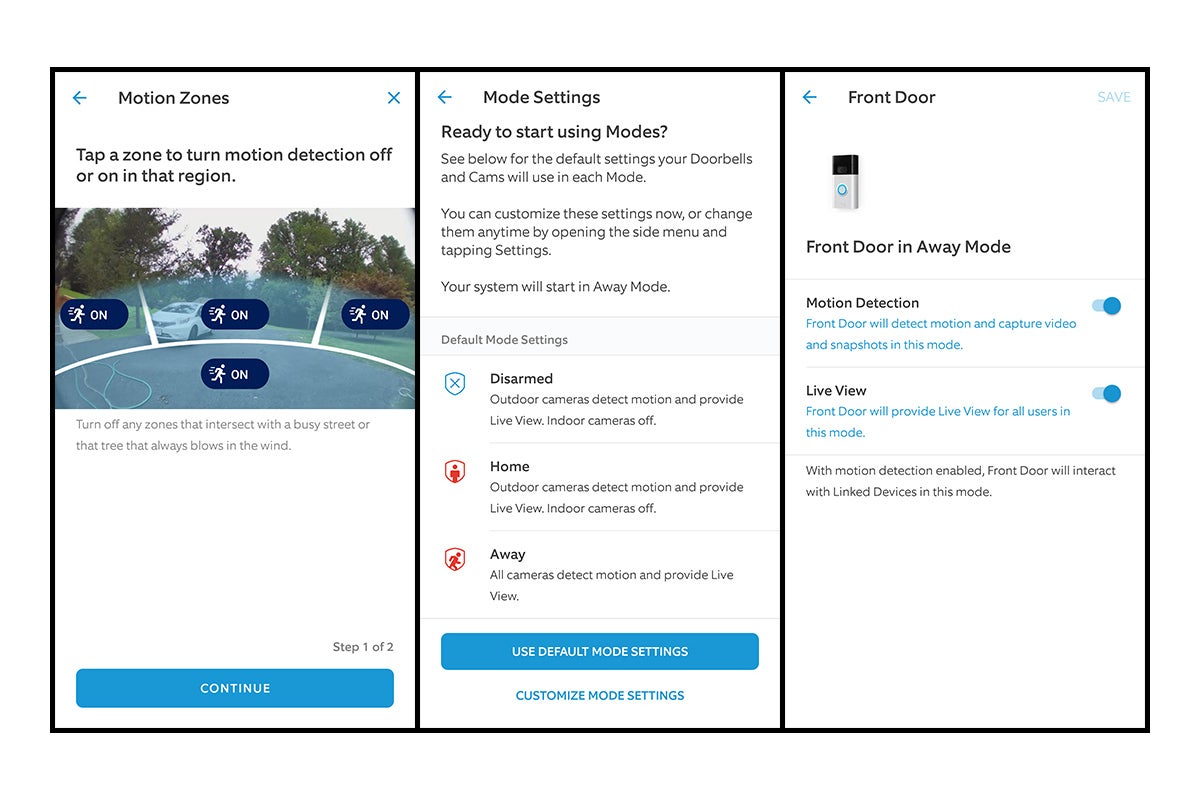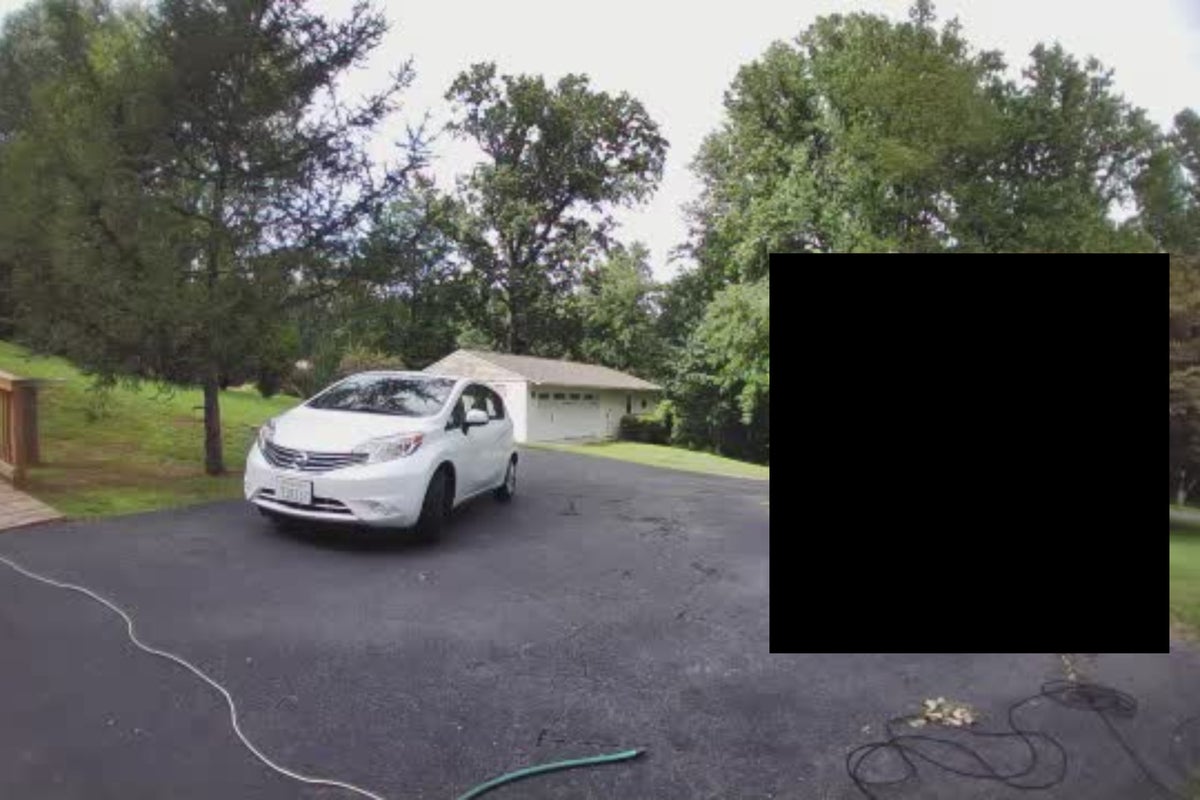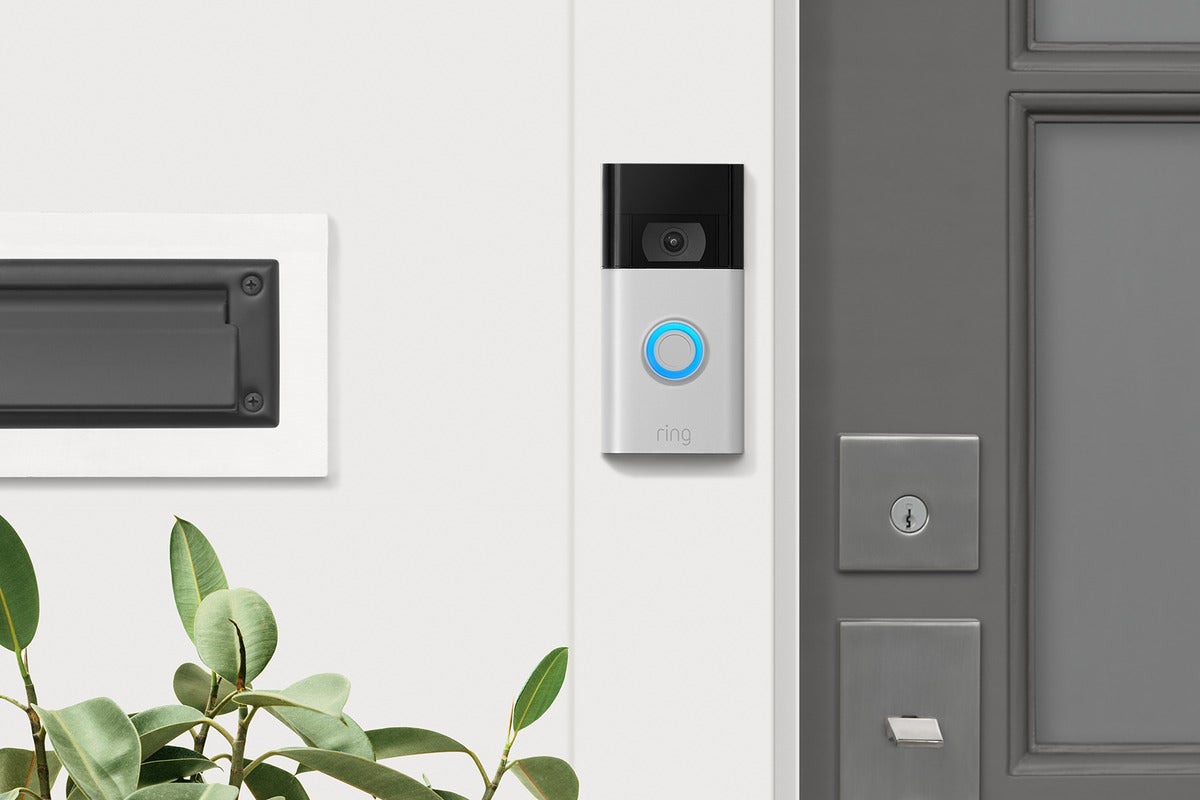Ring’s latest—and least-expensive—video doorbell impresses, but still doesn’t work well with Google Assistant.
Ring
Today’s Best Tech Deals
Picked by TechHive’s Editors
Top Deals On Great Products
Picked by Techconnect’s Editors
Ring Video Doorbell (2nd Generation)
The Ring Video Doorbell (Second Generation) is a refreshed version of Ring’s entry-level product that integrates features from some of the company’s more expensive doorbells while keeping the same $100 price tag (substantially less when it’s on sale, as it was at the time of this review).
Compared to the original Ring Video Doorbell, first offered for sale in late 2014, the second-generation model offers video at 1080p resolution compared to the original’s 720p. Higher resolution is better with any type of camera, and in the doorbell, it will mean a sharper image with a better chance of discerning fine detail, should you need that.
The second-gen product also has improved night vision and new motion zone settings, but if you want a battery that you can remove for recharging—or if you want to keep a spare battery on hand that you can swap out when the one in the camera inevitably dies—then you should look at the Ring Video Doorbell 3 or 3 Plus.
The latter doorbells can also connect to less-crowded 5GHz Wi-Fi networks where this less-expensive model has only a 2.4GHz Wi-Fi adapter onboard. The second band might be useful in an area with a large number of Wi-Fi devices that interfere with each other.
This review is part of TechHive’s coverage of the best video doorbells, where you’ll find reviews of competing products, plus a buyer’s guide to the features you should consider when shopping for this type of product.
In addition to the cost of the device, you will probably end up with a Ring Protect subscription to get the most from the doorbell. Without a subscription, it works fine and you’ll get motion-activated notifications and real-time video with two-way talk, but nothing the camera captures will be saved.
The Ring Protect subscription costs $3 per month or $30 per year and adds 60 days of cloud video storage, the ability to download and share video and Ring’s snapshot feature. The more expensive Protect Plus subscription at $10 per month or $100 per year covers an unlimited number of Ring products and professional monitoring for its Ring Alarm product.
 Martyn Williams / IDG
Martyn Williams / IDGThe new mounting bracket makes the Ring Video Doorbell (Second Generation) easier to install, and you can connect it to low-voltage wiring if that option is available.
Installing the Ring Video Doorbell (2nd Gen)
The camera snaps onto a plastic bracket that is mounted on the side of your house. The second-generation install is slightly more polished than the first, where the camera slotted into the bracket. The new model clips at the top and then snaps in at the bottom, aided by a magnet.
There are two security screws at the base of the doorbell to prevent it being surreptiously removed. During the review period, we received an email from Ring advising customers to make sure they used the correct screw to secure the doorbell. Apparently, some users had mistakenly used the longer wood screw, which subsequently pierced the internal Lithium Ion battery.
If you’re replacing a wired doorbell, the Ring 2nd Generation can use that low-voltage wiring (provided its (8 to 24 volts AC), and have it fall back on its built-in battery in the event of a blackout. Relying on battery operation alone allows for almost complete freedom as to where the camera is placed, but that flexibility comes with one disadvantage: The battery in the camera isn’t removable, so when you need to recharge it, you must take the entire doorbell into your house.
 Martyn Williams / IDG
Martyn Williams / IDGThe USB charging port of the battery is on the back of the doorbell, which means you must dismount the entire doorbell to recharge it.
Ring also sells an optional solar panel that can keep the battery charged up. This is particularly useful in situations where it’s difficult to run power, and changing the battery is problematic. The charger costs $49, but was not tested as part of this review.
The built-in battery is one of the main sacrifices Ring has made with this product. The more expensive Video Doorbell 3 models include a removable battery.
Using the Ring Video Doorbell 2nd generation
The Ring Video Doorbell second-generation worked well in TechHive’s tests. The image was sharp, it was well-balanced in bright and overcast weather and at night, and the doorbell reacted fast when motion was detected.
 Martyn Williams / IDG
Martyn Williams / IDGThe Ring Video Doorbell (Second Generation) captures video in 1080p resolution, compared to the orignal product’s 720p.
One of the biggest annoyances with video doorbells is false alerts when movement irrelevant to you is detected, such as that from animals or vehicles. The Ring app has an optional “people only mode” that alerts only when people are detected. I found this worked very well and cut down on a lot of the alerts I was getting but it didn’t once fail to alert for a person.
Ring’s Snapshot feature (available only with a paid subscription) snaps a photo once each hour and presents it a timeline in the app. As the Ring system doesn’t continually stream to the cloud (like competitor Nest), the timeline would otherwise be blank during periods between motion-activated recordings. These hourly snapshots fill this space for a more comprehensive record of what happened in front of the camera.
The doorbell also includes Ring’s updated motion zones feature. It now has four motion detection zones: a left, center, and right zone, along with a near-field zone. Each can be turned on or off and there is a sensitivity control that is common across all the zones.
 Martyn Williams / IDG
Martyn Williams / IDGSettings for motion zones and modes in the Ring app.
Also new are privacy zones. These will help you be a more ethical doorbell owner or perhaps conform with privacy rules if you have a shared space in front of your door, such as an apartment hallway, or someone else’s front door when lots are close together.
The app lets you draw any number of rectangular privacy zones in the video image your doorbell sees. Subsequently, the doorbell won’t record motion in these zones. It will still react to motion in the zone but when you look at recorded video or a live view, these areas will be solid black.
 Martyn Williams / IDG
Martyn Williams / IDGThe blacked-out space in this screenshot indicates that a privacy zone has been established, so whatever is in that area of the camera’s field of view will never be recorded.
The app includes an optional mode setting: disarmed, home, and away. Setting the different modes will determine how cameras and sensors react when motion is detected and whether indoor cameras record video.
Smart-home connectivity
Ring is owned by Amazon, so it’s not a surprise that the Video Doorbell integrates well with Amazon Alexa. For example, you can program Alexa devices to alert you when someone presses the doorbell, and Alexa can show live or recorded video on an Echo Show or Echo Spot smart display.
The flipside of this is that it has poor integration with Google Assistant. You can use voice commands to change modes or alerts, but there’s no video capability and you can’t talk to people at your door through a Google Home device. If you have a smart home based on Google Home, you’re better off looking at devices from Nest or competitors with better compatibility.
Conclusion
The second-generation Ring Video Doorbell works well and is a top performer, especially for its price. It should be a strong contender for anyone looking at buying a video doorbell, and the monthly costs—however annoying—are low, too.
Note: When you purchase something after clicking links in our articles, we may earn a small commission. Read our affiliate link policy for more details.
Ring Video Doorbell (2nd Generation)
The Ring Video Doorbell (2nd Generation) improves on the first model with a feature set that’s difficult to beat for the price.
Pros
- Broad ecosystem of compatible smart-home products
- $100 price tag (less when on sale)
- Good image quality and motion detection
- Stable, feature-rich app
Cons
- Rechargeable battery is not removable
- No recorded video without a paid subscription
- Single-band Wi-Fi
- Poor integration with Google Assistant
Martyn Williams produces technology news and product reviews in text and video for PC World, Macworld, and TechHive from his home outside Washington D.C..


